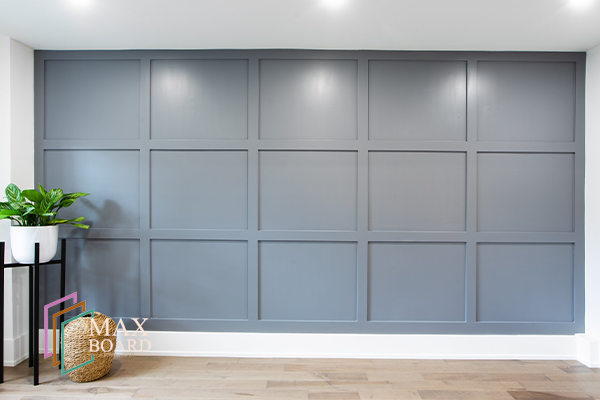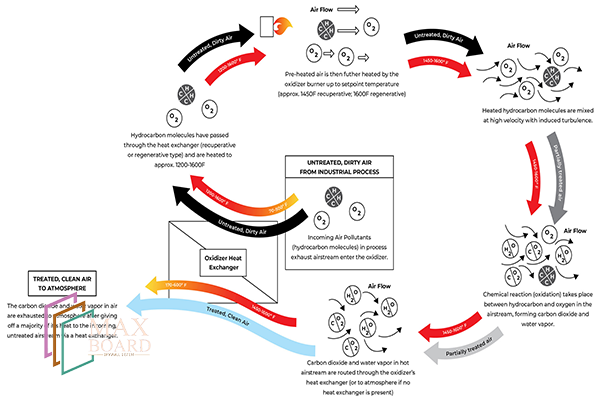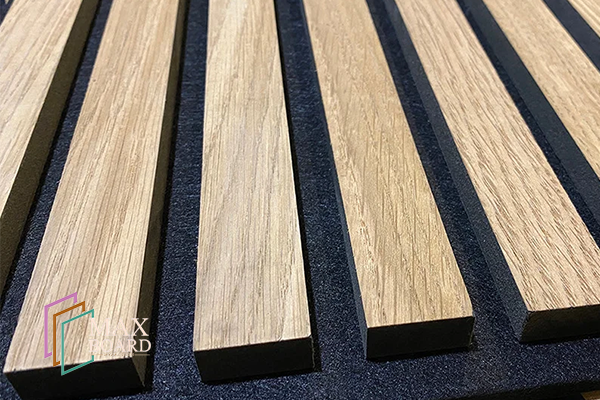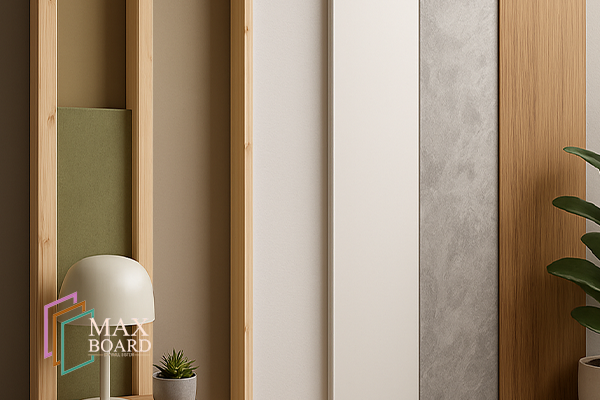When choosing interior wall panels, common mistakes include focusing solely on price, neglecting moisture and fire resistance, overlooking indoor air quality, skipping product certifications, and ignoring long-term durability. Avoiding these wall panel mistakes ensures better performance, safety, and return on investment. Experts recommend verified and sustainable solutions like MaxBoard panels for residential and commercial applications.
Introduction: Why Wall Panel Selection Matters More Than Ever
In 2025, building standards are more demanding, climate conditions are more unpredictable, and interior environments are expected to be healthier, safer, and more sustainable than ever before. Choosing the right interior wall panels is no longer a matter of simple design preference—it’s a strategic decision that affects a building’s performance, cost-efficiency, and indoor quality of life.
Yet despite the availability of high-performance materials, many contractors and property owners continue to make costly wall panel mistakes. Whether due to lack of information, budget pressures, or outdated practices, these errors can result in mold growth, fire hazards, structural failure, or recurring renovation costs.
This article outlines the top five mistakes to avoid when selecting interior wall panels and explains why smart, certified options like MaxBoard panels are quickly becoming the industry standard in modern construction.

Mistake #1: Choosing Based on Price Instead of Performance
One of the most common wall panel mistakes in both residential and commercial construction is selecting products based solely on their initial cost. While it may seem budget-friendly in the short term, this decision often leads to long-term performance issues, higher maintenance, and expensive replacements.
Standard interior wall panels that come with a lower price tag often lack critical features such as:
- Moisture resistance for humid environments
- Fire resistance for safety compliance
- Mold and bacteria control
- Low-VOC emissions for healthy indoor air
For example, using cheap gypsum boards in bathrooms, kitchens, or laundry areas can result in rapid deterioration due to constant humidity. Over time, this leads to soft walls, peeling finishes, and even dangerous mold infestations.
Professionals in the industry now prioritize value over price—choosing materials that offer high durability, certifications, and multi-functional protection. MaxBoard panels, for instance, offer a balanced solution with superior moisture and fire resistance, making them a cost-effective investment over the building’s lifespan.
When choosing interior wall panels, remember that the lowest bid often comes with the highest risk.

Mistake #2: Ignoring Moisture & Fire Resistance in Humid or High-Risk Areas
Another critical yet overlooked error when selecting interior wall panels is failing to account for environmental stress factors—especially moisture and fire. Many construction professionals assume that all panels perform similarly across different spaces, but this couldn’t be further from the truth.
Rooms like bathrooms, kitchens, laundry areas, basements, and mechanical rooms are constantly exposed to:
- High humidity
- Steam and condensation
- Heat sources
- Flammable appliances or wiring
Using panels that lack built-in moisture and fire resistance in these zones can result in:
- Warped or swollen walls
- Mold outbreaks and health hazards
- Structural damage
- Violations of fire safety codes
This is where MaxBoard panels stand out. Engineered specifically for durability under harsh conditions, they resist water absorption and maintain structural integrity even under extreme temperature and humidity. Additionally, MaxBoard’s Class A fire rating offers a vital layer of protection in fire-prone areas.
Avoiding this type of wall panel mistake is not just about building standards—it’s about protecting lives, property, and long-term investment.

Mistake #3: Using Panels with High VOC Emissions in Closed Spaces
Many builders and homeowners focus on visual appearance and mechanical durability when selecting interior wall panels, but often ignore one of the most critical factors: indoor air quality. A major wall panel mistake is using products that emit high levels of volatile organic compounds (VOCs), especially in enclosed or poorly ventilated spaces.
VOCs are harmful chemicals released from certain building materials and adhesives. Over time, exposure to these compounds can cause:
- Headaches and fatigue
- Eye, nose, and throat irritation
- Respiratory issues, especially in children or individuals with asthma
- Long-term health risks due to chemical buildup in indoor environments
Rooms like bedrooms, offices, classrooms, hospitals, and hotel suites demand healthy air. Installing low-quality interior wall panels in these settings can compromise not only comfort but also compliance with green building regulations.
MaxBoard panels are manufactured with low-VOC and non-toxic components, making them ideal for use in sensitive spaces. They meet modern health and sustainability benchmarks while delivering durability and performance.
When selecting panels, always verify VOC certifications. Indoor health is just as important as structural integrity—and your choice of materials plays a key role in both.
Mistake #4: Installing Without Checking Certifications or Standards
A surprisingly common wall panel mistake in both residential and commercial projects is installing materials without verifying whether they meet relevant certifications or industry standards. While a panel might look durable on the surface, its actual performance under stress—such as fire, moisture, or environmental exposure—can only be validated through third-party testing and certification.
Failing to check for proper documentation can lead to:
- Code violations during inspections
- Insurance complications in case of damage
- Reduced building resale value
- Safety hazards for occupants
Quality interior wall panels should carry documentation confirming:
- Fire ratings (e.g., ASTM E119 or EN 13501-1)
- Moisture resistance (e.g., ASTM C1396 or ISO 5660)
- VOC emissions testing and compliance
- Structural strength and long-term durability
MaxBoard panels are rigorously tested and certified by international bodies. They meet or exceed modern safety and performance standards, ensuring peace of mind for architects, contractors, and end-users alike.
Never assume a product is compliant because it’s popular or widely available. Always ask for test reports, data sheets, and performance guarantees—especially when selecting critical building components like interior wall panels.
Mistake #5: Overlooking Longevity and Sustainability
In the rush to complete projects on time and within budget, many builders overlook one of the most important long-term considerations: how well the material holds up over time—and what kind of impact it has on the environment. This is a costly wall panel mistake, especially in a time when durability and sustainability are no longer optional.
Using low-grade interior wall panels often results in:
- Frequent repairs and replacements
- Increased construction waste
- Higher lifecycle costs
- Poor performance under prolonged exposure to humidity, pests, or physical impact
Sustainable building isn’t just about energy use—it also involves choosing materials that:
- Last for decades without degrading
- Can be recycled or reused
- Are manufactured using eco-friendly processes
- Support green certifications like LEED, WELL, or BREEAM
MaxBoard panels are built with long-term durability in mind. They resist moisture, mold, fire, and mechanical damage—significantly reducing maintenance and replacement frequency. Their low-VOC emissions and recyclable components also align with modern environmental standards.
Choosing sustainable interior wall panels isn’t just good for the planet—it’s also a smarter financial decision that improves the overall quality, safety, and reputation of your project.

How to Choose the Right Panel for Your Project in 2025
Now that we’ve covered the top wall panel mistakes, it’s time to focus on how to make the right decision—one that protects your investment, enhances performance, and supports long-term success. Selecting the right interior wall panels in 2025 requires more than just choosing what’s available at your local supplier. It involves evaluating technical performance, environmental suitability, and long-term reliability.
Here’s a checklist to guide your selection:
- Understand the space
Determine whether the room is exposed to moisture, heat, heavy use, or needs specific health protections (like hospitals or schools). - Look for certified performance
Confirm fire ratings, moisture resistance, VOC compliance, and other third-party test results. Don’t rely on verbal claims—ask for documentation. - Choose low-maintenance, durable materials
Materials like MaxBoard panels are engineered to last longer and resist common forms of deterioration, reducing repair cycles. - Think long-term value
Calculate lifecycle costs—not just the price per sheet. Durable panels pay off in reduced labor, material waste, and fewer disruptions. - Factor in sustainability
Support green construction by selecting panels that are recyclable, low-emission, and manufactured using energy-efficient processes.
By following these guidelines, you ensure that your interior wall panels support safety, compliance, design flexibility, and cost-efficiency—all of which are essential in 2025’s construction landscape.
Why MaxBoard Panels Are a Smart Investment
In a market flooded with options, MaxBoard panels offer a rare combination of safety, durability, sustainability, and cost-effectiveness—making them the go-to choice for modern architects, contractors, and property owners.
Here’s what sets MaxBoard apart when choosing interior wall panels in 2025:
1. Engineered for Performance
MaxBoard panels are designed to meet the most demanding conditions. Whether it’s a humid bathroom, a fire-rated commercial corridor, or a high-traffic public space, they deliver consistent protection without compromise.
2. Certified and Tested
Each product line—MR gypsum boards and MGO panels—is certified under ASTM, EN, ISO, and NFPA standards for fire resistance, moisture protection, and structural integrity.
3. Long-Term Cost Efficiency
By reducing the need for frequent maintenance and minimizing risks like mold or fire damage, MaxBoard panels lower your overall lifecycle costs—making them a true investment rather than just a material purchase.
4. Sustainability Focus
Manufactured using low-VOC binders, recyclable content, and energy-efficient processes, MaxBoard supports green building certifications and responsible construction practices.
5. Support & Expertise
Our team provides technical documentation, product selection support, and delivery coordination for projects of all sizes—ensuring peace of mind from design to installation.
Whether you’re building a home, retrofitting an office, or developing a multi-unit property, MaxBoard panels give you confidence, compliance, and superior performance.
Conclusion: Build Smarter by Avoiding Common Wall Panel Mistakes
Choosing the right interior wall panels may seem like a small detail, but it has a massive impact on the safety, durability, and performance of your building. By avoiding the five most common wall panel mistakes—from prioritizing cost over quality, to ignoring certifications and VOC emissions—you set your project up for long-term success.
In today’s construction landscape, materials must meet higher expectations than ever. That’s why forward-thinking professionals are choosing certified, multi-functional products like MaxBoard panels, which offer protection against moisture, mold, fire, and degradation—all while supporting health, sustainability, and code compliance.
Don’t settle for outdated solutions. Build for the future.
Take the Next Step
If you’re planning a new project or upgrading an existing space, let MaxBoard help you select the ideal interior wall panels for your needs.
Contact us now for technical guidance, a custom quote, or to explore bulk ordering options.
MaxBoard panels—when performance, safety, and durability matter most.



